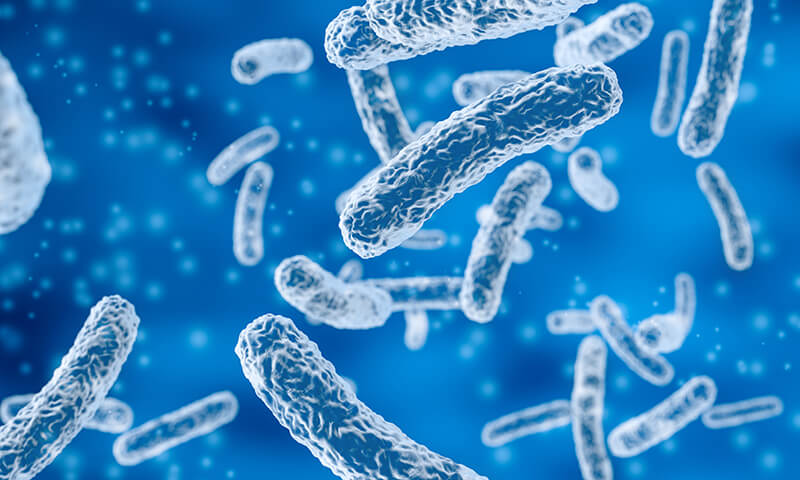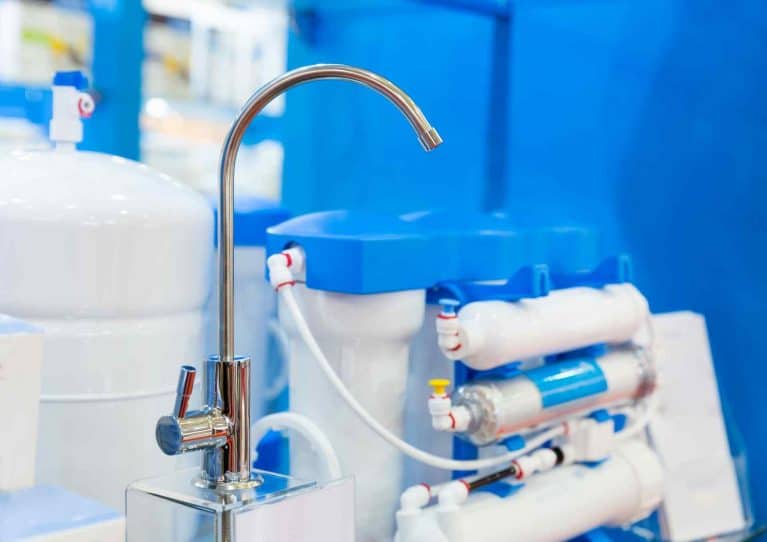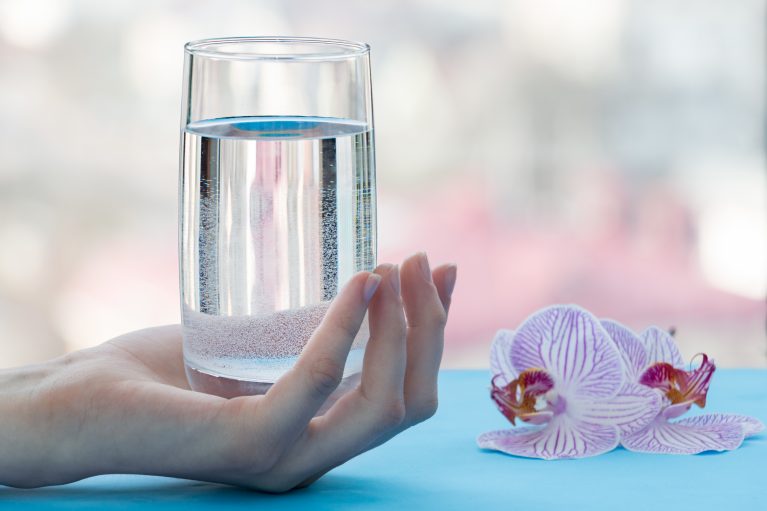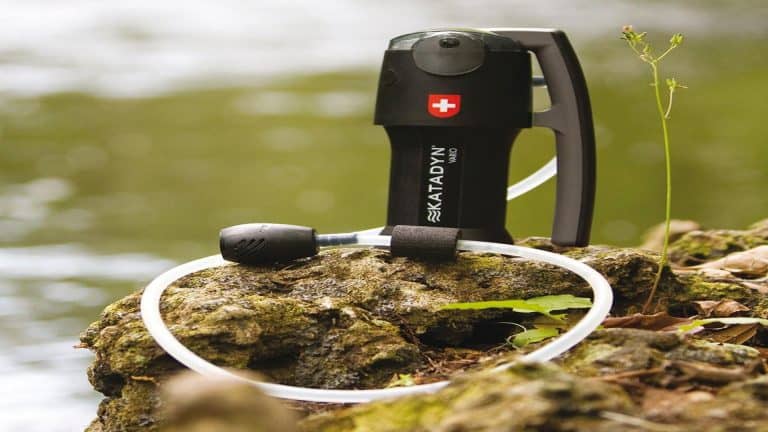You know that drinking water is important, but you’re not sure if the Reverse Osmosis system will remove all of the bacteria from your tap water.
Table of Contents
Reverse Osmosis works to remove bacteria, heavy metals, pesticides, and other contaminants from water. The system is based on the application of pressure to force water through a semi-permeable membrane that contains a small amount of organic solvent.
As the water passes through the membrane, it leaves behind its contaminants and instead takes all the dissolved solutes in the solvent- the result is pure drinking water!
This article will guide you through the basic science behind Reverse Osmosis and explain in detail how it works to remove bacteria.
Reverse Osmosis — A Simple Process with Stunning Results!
The concept of reverse Osmosis is relatively simple, but the process results in a pure drinking water product that is nearly free of contaminants.
How Does RO Work to Remove Bacteria from Water?
In its most basic form, Reverse Osmosis is a method of filtering water by forcing it through a semi-permeable membrane.
The membrane is designed to block large particles from passing through it but will allow water molecules and other small substances to pass through.
The pure water is collected and stored, while the contaminants are retained on the membrane.
RO removes bacteria from water by using pressure to force water across the semi-permeable membrane.
The water molecules are small enough to pass through the membrane and be purified, while bacteria will not be able to pass through the membrane and will remain behind.
Type of Bacteria and Viruses removed by RO
Reverse Osmosis is effective at removing all types of bacteria from water, including those that can result in serious illness if consumed.
In fact, the EPA has determined that Reverse Osmosis can remove 90 to 95% of certain bacteria.
The system is also effective at removing certain viruses, although it is not designed to destroy viral particles.
The EPA has found that Reverse Osmosis can remove roughly 90% of certain viruses from water, including rotavirus and cryptosporidium.
Some of the Bacteria Removed by RO
Reverse Osmosis can remove a wide range of bacteria, including:
- Fecal Coliform
- Total Coliforms
- E. coli (Escherichia coli)
- Klebsiella pneumoniae
- Salmonella
- Legionella pneumophila
- Campylobacter
Some of the Viruses Removed by RO
The EPA has also found that Reverse Osmosis is “highly effective” at removing the following viruses:
- Rotavirus (which causes diarrhea)
- Norovirus (commonly called Norwalk virus, which can cause nausea, vomiting, and diarrhea)
- Hepatitis A (which is typically transmitted through contaminated food or water)
- Poliovirus (a highly contagious virus)
FAQs
What are the disadvantages of Reverse Osmosis?
RO water does not have any of the minerals that naturally occur in most drinking water, so it’s important to drink plenty of other liquids besides just RO water.
Also, some people complain that RO water tastes flat. This can be fixed by adding minerals to the drinking water or by buying a good RO system that adds minerals back to the water.
What can I do about cloudy RO water?
Cloudy Reverse Osmosis (RO) water is caused by particles of minerals and organic material that are left behind in the water after RO. These tiny particles are often too small to be filtered out by a standard RO membrane, so they end up in the water as it’s being filtered.
To fix this problem, you’ll need to use a pre-sediment filter as part of you to fix this problemr RO system. This type of filtration removes the larger particles from the water before it passes through the RO membrane, which will help remove any particles that are too small to be filtered out.
A carbon filter is another great way to get rid of organic particles and cloudiness in the water.
Do I need to boil water if I have reverse Osmosis?
No, Reverse Osmosis (RO) water does not need to be boiled or sterilized before drinking and cooking because this process removes impurities and bacteria.
Can bacteria grow in RO water?
The RO filtration process removes up to 99% of bacteria from the water, so there is very little chance that any harmful microorganisms will survive the RO system.
Conclusion!
Reverse Osmosis is one of the most effective ways to purify water and remove viruses andjust viruses but also other types of harmful pathogens like fecal coliforms, which are found in human waste.
RO can be used for drinking water or sanitation purposes because it leaves no trace behind after filtration.
You may have some questions about how RO works and what you should know before investing in a system. Check out our FAQ section above for more information on this topic!

I like you use water every day in everything I do. I love to find better ways to filter water I drink, soften hard water and find amazing water bottles for when I’m on the go.
I want to share what I find with you and review the options you might be looking for.
Author Profile – Tony Cosentino







